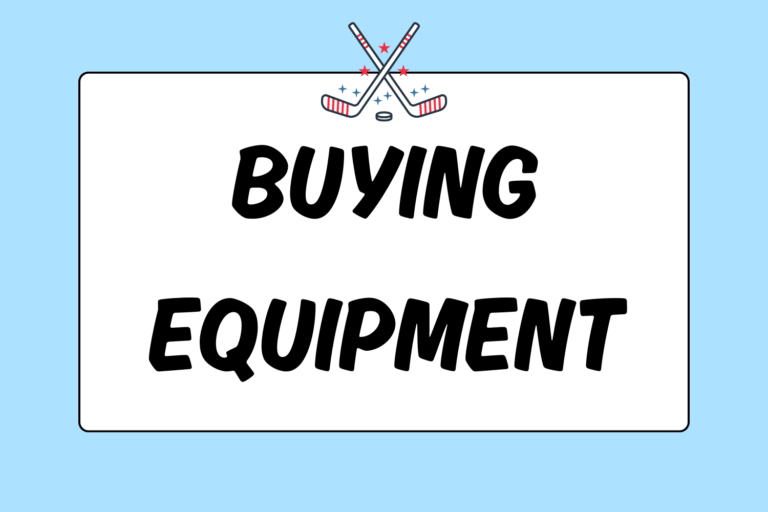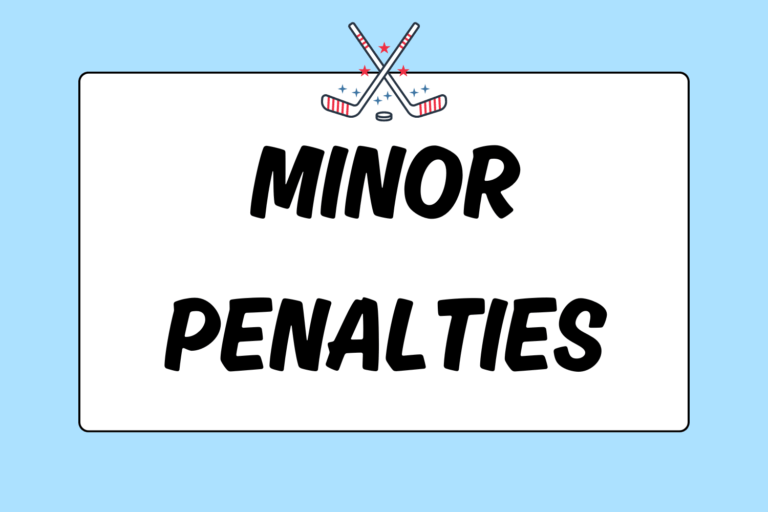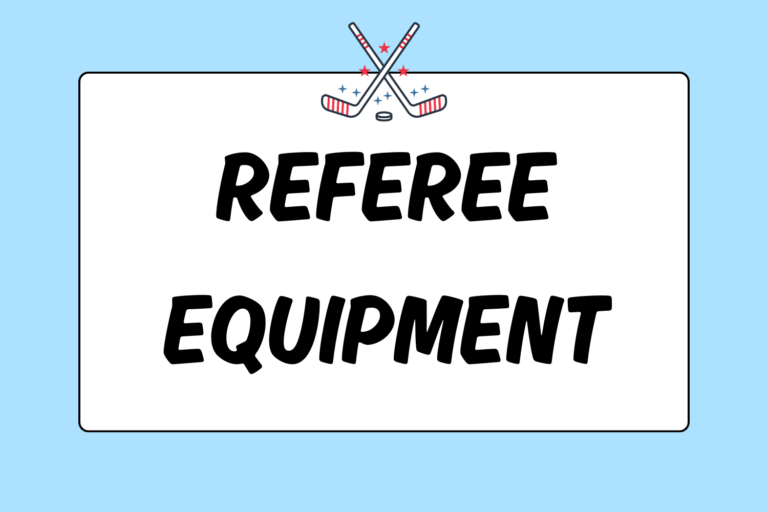The wrist shot is the most commonly used shot in ice hockey, and with good reason: It’s the most accurate shot in a player’s arsenal. Wrist shots give you the most control of the puck, allowing you to exploit any tiny opening the goalie leaves exposed.
This guide details the basics of how to take a wrist shot, when to take one, and ways to improve your form.
Wrist Shot Mechanics
Start slow when you’re first learning to take a wrist shot. Try to add power and improve accuracy only after you’ve got the basic technique. To take a wrist shot, follow these steps:
- Make sure that your top hand is just below the butt end of the stick, and that your bottom hand is positioned about halfway down the shaft. How low your bottom hand is placed is largely a matter of personal preference. Just focus on keeping it comfortable.
- Your feet should be about shoulder-width apart and aligned perpendicularly to the direction you’ll be shooting. As your wrist shot improves, foot placement becomes less important. You’ll be comfortable shooting from a variety of positions.
- Start with the puck behind your back leg. This is the wind-up to your shot. Make sure the blade of your stick never leaves the ice.
- When reaching back, lower your rear shoulder. This will help you cup the puck in the blade of your stick.
- Shift your weight to your back leg and begin pulling the puck forward. Begin to rotate your torso toward your target. As you go through this motion, your bodyweight will shift from your back leg to your front leg (with some weight placed on the stick itself).
- As the puck passes across your body positioning, your hands should cross. Your bottom hand should move out in front of your body, and your bottom hand should tuck back toward your torso.
- Release the puck at the point where your shoulders are completely facing the net, and the puck is aligned with your front foot.
- Upon releasing the puck, turn your wrists upward. The more you rotate your wrists, the more the puck will lift off the ice.
- Be sure to follow through with the tip of the blade pointing at your target. Point directly at the spot you want the shot to hit.
When to Take a Wrist Shot
Wrist shots are most dangerous on breakaways, off-man rushes, and anytime you get a good look at an open part of the net. Wrist shots are ideal when you have time to look at the corners of the goal, and visualize exactly where you need to shoot to beat the goalie.
Positives
The wrist shot is by far the most accurate shot. With practice, you’ll be able to place the puck exactly where you want it: Through tiny holes in the goalie’s coverage.
Negatives
Wrist shots aren’t as hard as slap shots, and not as surprising as snap shots or backhand shots.
Tips for Practicing Wrist Shots
The wrist shot technique described above should be used as a foundation. Truly dangerous wrist shots can be fired with different body and foot positioning. Players should become comfortable getting wrist shots off from all different situations, body positions, and locations on the ice.
To increase wrist shot power, players are encouraged to practice with a weighted puck. These are available at most hockey shops. If you want to hone your accuracy, practice as much as possible. Off-ice target shooting with a roller puck can go a long way. Find some smooth concrete and shoot against targets on a wall.
Fire Away
The key to any shot in hockey is practice. You should train as much as possible leading up to games so that your shot is as effective as possible during games. Work on both the power and, more importantly, accuracy of your wrist shot, and you’ll be lighting the lamp in no time.





